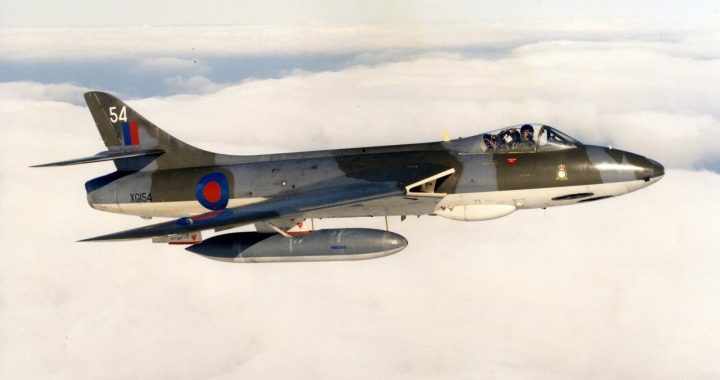Amazing facts about Hawker Hunter
The Hawker Hunter is a transonic aircraft that was developed by the Hawker Aircraft to serve for the RAF (Royal Air Force); this is one of the earliest jet fighter aircraft that were developed for the RAF during the late 19840s and 1950s for RAF. The aircraft was designed to be equipped with the newly … Continue reading Amazing facts about Hawker Hunter
0 Comments
